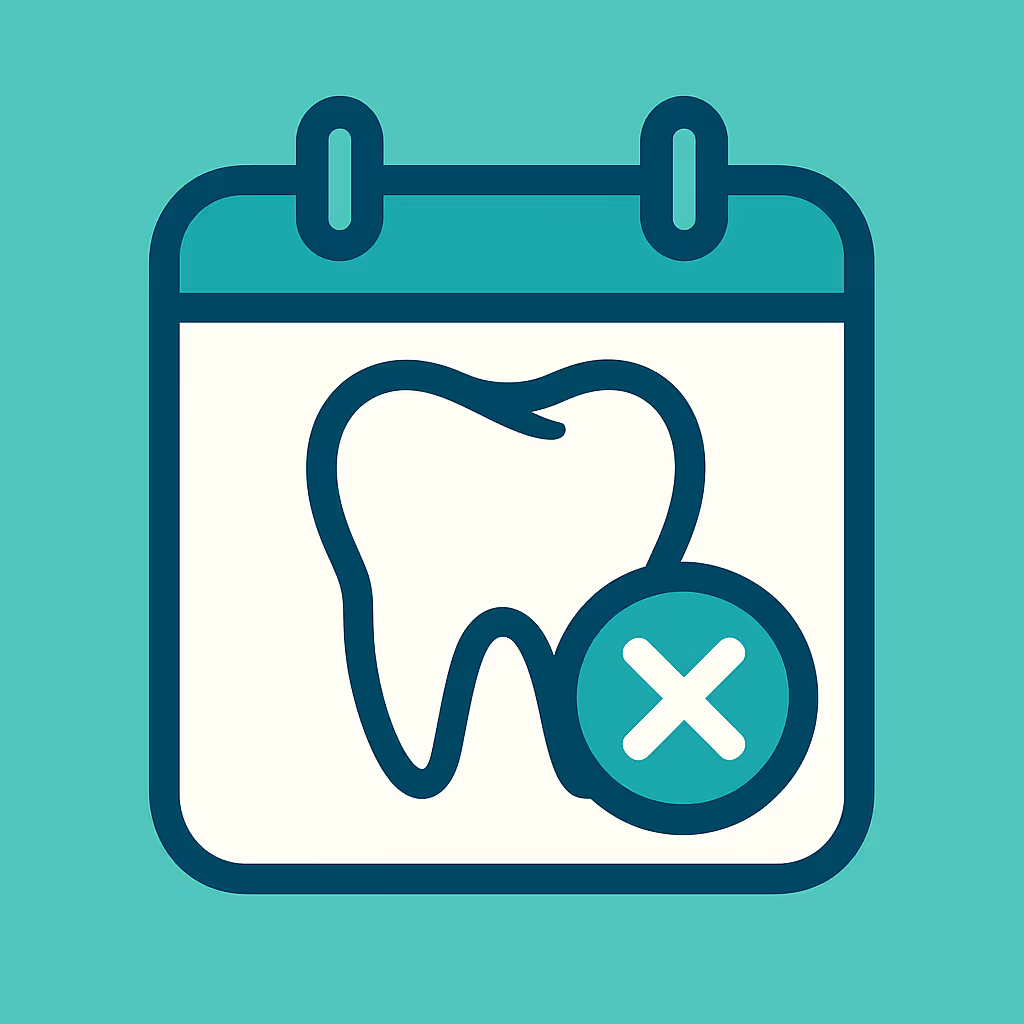Understanding Dental Code D2331
When to Use D2331 dental code
The D2331 dental code refers to a resin-based composite restoration involving two surfaces of an anterior tooth. This CDT code is specifically used when a dentist restores a cavity or defect on any two surfaces (such as mesial, distal, facial, or lingual) of an anterior tooth using a tooth-colored composite material. It is important to select D2331 only when the restoration involves exactly two surfaces; for single-surface restorations, use D2330, and for three surfaces, use D2332. Proper code selection ensures accurate billing and minimizes claim denials.
Documentation and Clinical Scenarios
Accurate documentation is essential for successful reimbursement and compliance. When using D2331, dental teams should clearly chart the surfaces treated, the reason for restoration (such as caries, fracture, or replacement of a failing restoration), and any supporting diagnostic findings (e.g., radiographs, intraoral photos). Clinical notes should specify which two surfaces were restored and why a composite material was chosen over other restorative options. For example, a patient presenting with decay on the mesial and facial surfaces of tooth #8 would be a textbook scenario for D2331. Always ensure that the clinical rationale and surfaces treated are detailed in the patient record, as insurers may request this information during claim review or audit.
Insurance Billing Tips
To optimize claim acceptance for D2331, follow these best practices:
- Verify patient eligibility and benefits before treatment to confirm composite coverage, as some plans restrict anterior/posterior composites or downgrade to amalgam fees.
- Submit clear, detailed clinical notes and diagnostic images with claims, especially if the restoration is due to trauma or replacement of an existing filling.
- Use precise tooth and surface notation on the claim form (e.g., "#9, mesial and distal surfaces").
- If a claim is denied, review the EOB for denial reasons and appeal with additional documentation as needed, such as pre-op photos or narrative explanations.
- Monitor accounts receivable (AR) to ensure timely follow-up on unpaid claims and reduce revenue leakage.
Example Case for D2331
Consider a patient who presents with decay on the mesial and distal surfaces of tooth #7. After clinical examination and radiographic confirmation, the dentist removes the decay and restores both surfaces using a resin-based composite. The dental assistant documents the surfaces treated, the materials used, and attaches pre- and post-op photos to the patient record. The billing team submits a claim with D2331, including the detailed clinical notes and images. The insurance carrier processes the claim without delay, thanks to the thorough documentation and correct code selection. This scenario highlights the importance of precise coding, documentation, and proactive billing practices for optimal reimbursement.





